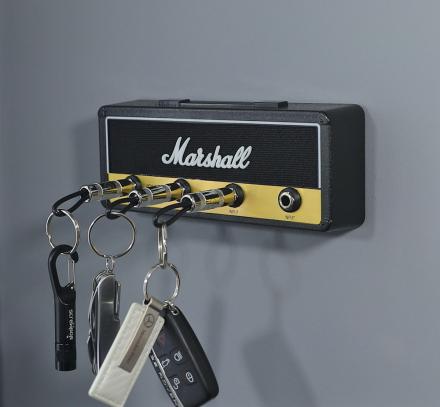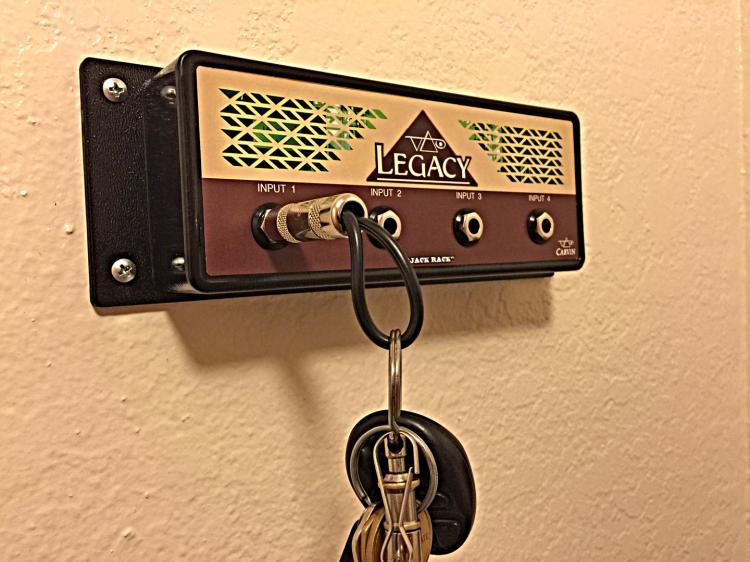

There really is no mistaking the character of that guitar on those records. The two most important elements in our signal chain are going to be the guitar and wah, and I think a Les Paul is an absolute must. Even without the same gear, we can capture some of the tonal character that made those recordings so special. That said, I think we can be inspired by some of the tonal choices he made and infuse them into our own music. Even if you had his rig it would sound different in your hands. It’s important to say that it’s impossible to sound exactly like someone else. Those are the basic ingredients to the Mick tone pantry during the Bowie years. The Tone Bender MKI was one of the earliest fuzz pedals ever made, preceded only by the Maestro FZ-1, whose tone we know from the Rolling Stones’ “ Satisfaction”. It has often been mistaken for an American-made Tone Bender.

Mick used a rare fuzz pedal he bought secondhand that originally belonged to Pete Townsend. But even through the ‘80s, Mick still used only a few trusted tone boxes. Mind you, there weren’t a lot of effects available in that early Bowie period. I’ve taken some time to get this guitar to vintage specs. I’m also using Florance PAF humbuckers, which sound incredibly close to old PAF pickups. I recorded the examples below using a 1990 Les Paul Standard that has been wired to 1950s specs.

I don’t think this is a make-it-or-break-it move to get this tone. And be especially careful with vintage pickups. If they’re not removed properly, they can be ruined. I recommend not removing humbucker covers on your own. This often results in more volume and a more aggressive tone. He also removed the pickup covers from the stock humbuckers. He believed it allowed the guitar to resonate more. Mick used a 1968 Gibson Les Paul Custom and he had the finish stripped off the body. You will notice this by looking up YouTube clips of him playing in the ’80s. The character changed a little, but his voice came through loud and clear.
#MARSHALL AMP KEY HOLDER NEW YORK FULL#
He approached amps the same - whether he was using a small Fender amp or a full stack of Marshalls. Interestingly enough, Mick still always sounded like Mick. The guitar tone on Panic in Detroit was actually a smaller amp than “The Pig”. Some of the cuts on Bowie’s Aladdin Sane album were recorded at various studios in London, New York and Nashville. In the studio, Mick used a variety of amps. They apparently nicknamed his Marshall Major and large cabs “The Pig.” Yikes! Talk about the power of the force. These were 200-watt amps with KT88 output tubes. It’s been said that he favored Marshall Major heads. He certainly wasn’t gentle with volume and his amp sounded like it was going to explode.įor Bowie’s live shows, Mick used Marshall amps. Mick was very aggressive with his amp which was an important part of his sound. And during his career he never strayed too far from his selected tools. When it comes to guitar tone, Mick had a few very specific and incredibly important tools. This makes sense, as Mick went on to co-write songs like John Mellencamp’s Jack and Diane. He seemed to create parts from the perspective of a producer and a composer. “Expressive” and “Melodic” are words I would use to describe his style. Many of Bowie’s most recognized songs are dressed with the tones of Mick Ronson. He also played on Lou Reed’s Transformer album, on which he’s also credited for production and arranging (strings). Ronson worked on five seminal albums with David Bowie. Although he’s not a household name like Gilmore or Hendrix, I would argue his influence runs nearly as deep. Mick Ronson is one of my favorite guitarists.


 0 kommentar(er)
0 kommentar(er)
